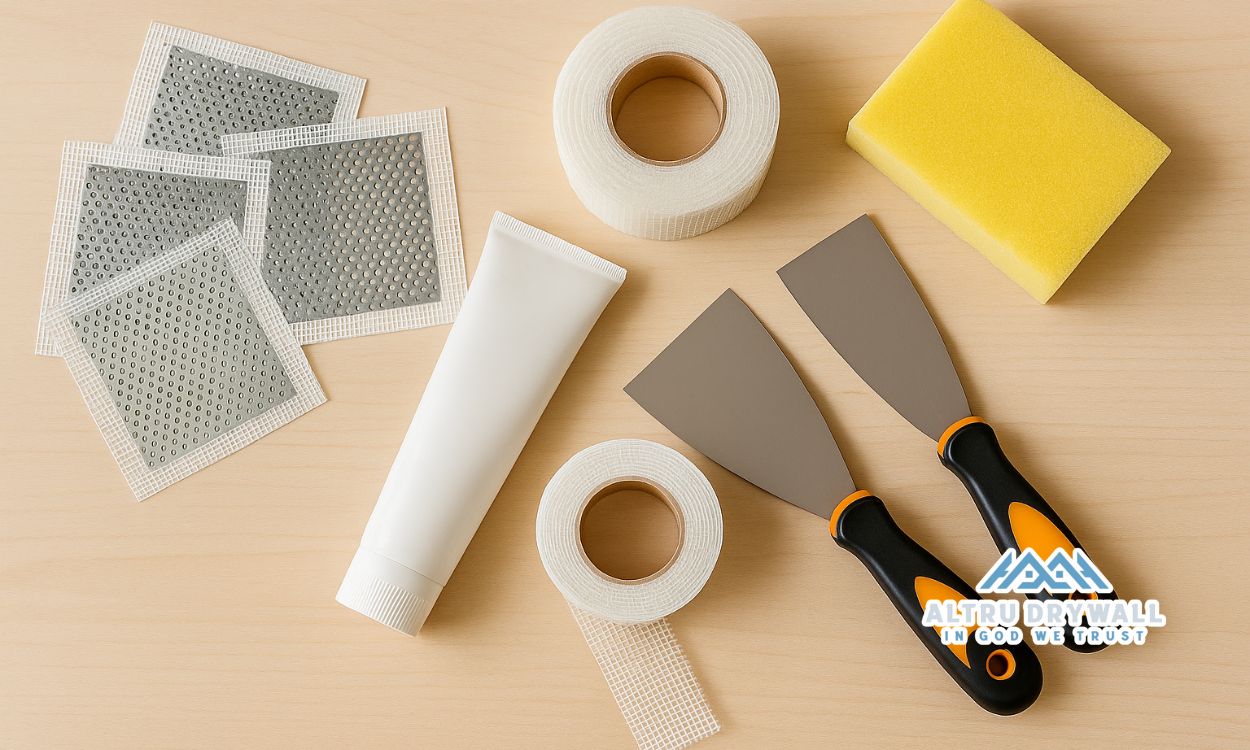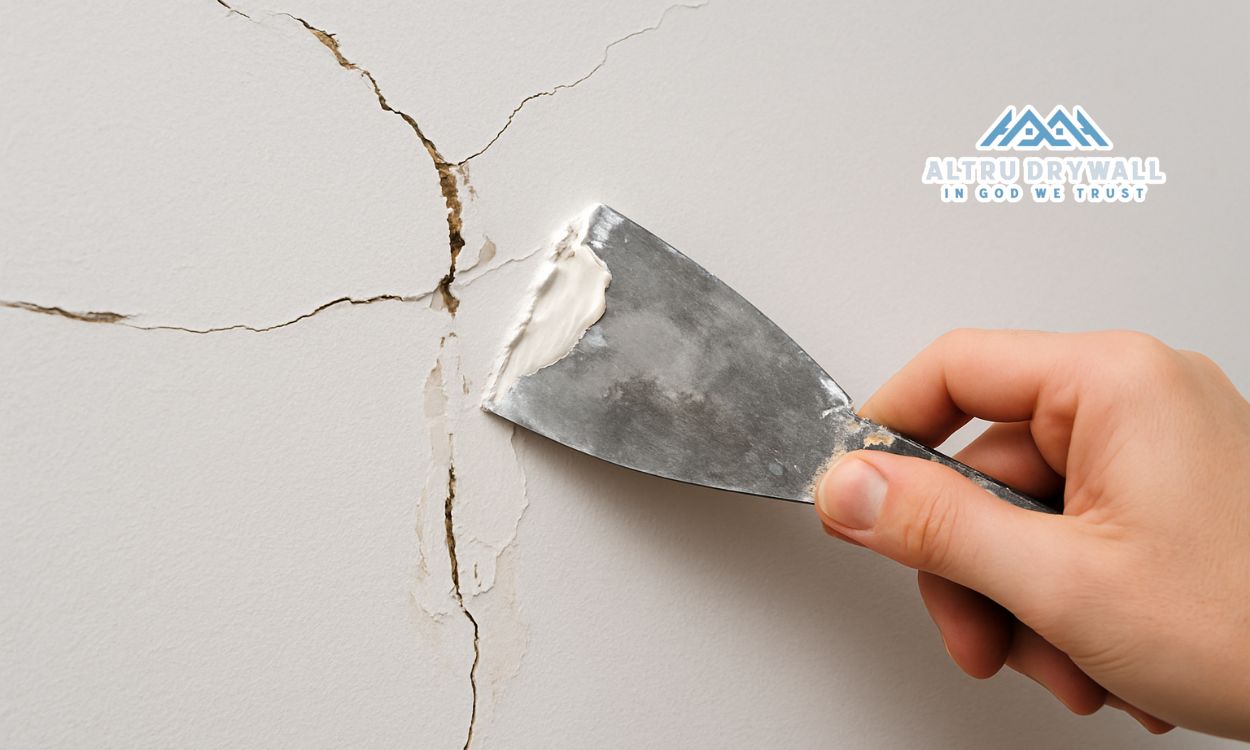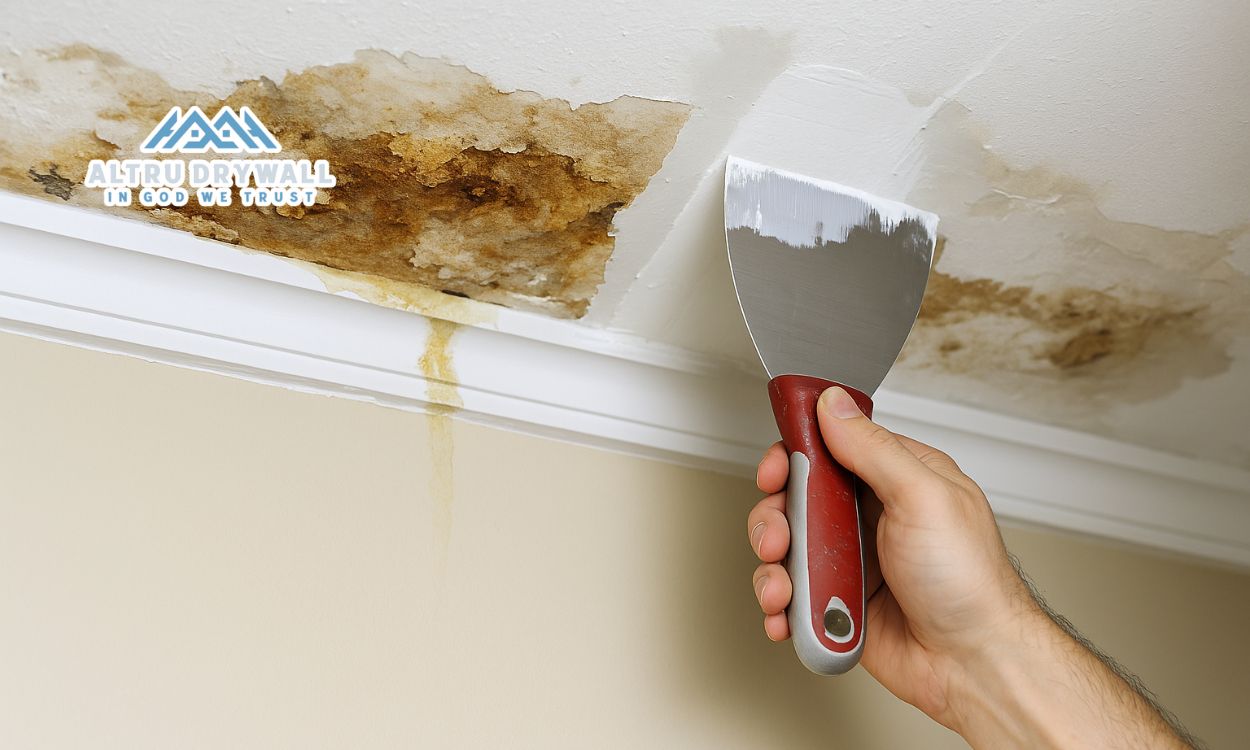Drywall is one of the most common building materials in American homes, used for walls, ceilings, and interior partitions. But just like any material, it doesn’t last forever. If you’ve asked yourself, “how long does drywall last?”, you’re not alone. Knowing the lifespan of drywall in a house is essential for keeping your home in good condition.
In this guide, we’ll walk you through the drywall lifespan, how to tell if drywall needs replacing, and what drywall damage signs to look for. By the end, you’ll know when to replace drywall and who to call for professional help.
What Is the Average Lifespan of Drywall?
Generally, drywall can last 30 to 70 years when installed and maintained properly. However, environmental factors, usage, and unexpected incidents (like water damage) can shorten that lifespan considerably.
Factors that affect drywall lifespan:
- Humidity and moisture levels
- Plumbing leaks or flooding
- Poor ventilation
- Pest damage
- Impact damage or settling cracks
Proper care and occasional drywall maintenance tips can help maximize longevity.
Key Signs of Bad Drywall
How do you know if your drywall is going bad? Look for the following drywall damage signs:
1. Cracks
Cracks in drywall are a common issue. Minor ones may just need patching, but long or wide cracks—especially around door frames or ceilings—may signal structural problems. Cracked drywall replacement is often required in such cases.
2. Soft Spots
Press gently on the wall. If it feels soft or gives way, there could be underlying water damage or aging material.
3. Discoloration
Yellow or brown stains usually indicate water damage. If mold is visible, you’re not just dealing with old drywall—you have a health concern, too.
4. Bulging or Warping
Bulging areas often point to moisture trapped inside the drywall. This not only affects appearance but also structural stability.
5. Holes and Dents
Excessive damage from furniture, kids, or accidents can require drywall replacement, especially if the wall integrity is compromised.
6. Mold or Mildew
Moldy drywall warning signs include dark spots, musty odors, and visible fungi. Mold not only ruins drywall but also poses health risks.
When Should Drywall Be Replaced?
Here are common scenarios that indicate when to replace drywall:
- After a flood or major leak
- If mold or mildew is widespread
- When drywall shows multiple cracks or soft spots
- During full room renovations or layout changes
- If drywall is more than 40 years old and shows aging symptoms
Knowing how to tell if drywall needs replacing can save you from bigger repairs later.
Drywall Aging Symptoms
Still wondering, “Is my drywall too old?” Watch out for these drywall aging symptoms:
- Frequent cracking
- Fading paint even after repainting
- Flaking or chalky wall surfaces
- Persistent musty smell even after cleaning
These subtle indicators show that drywall is deteriorating, especially in older homes.
Drywall Maintenance Tips to Prolong Lifespan
Want to make your drywall last longer? Follow these simple drywall maintenance tips:
- Install exhaust fans in bathrooms and kitchens
- Address leaks and plumbing issues quickly
- Use mold-resistant drywall in moisture-prone areas
- Repaint regularly to seal surfaces
- Avoid hanging heavy objects without anchors
Routine home drywall inspection checklists can help catch issues early.
DIY vs. Professional Drywall Replacement
While small repairs can be DIY-friendly, larger problems like full panel replacement, moisture issues, or cracked ceilings are best left to professionals.
Reasons to hire a pro:
- They spot underlying issues (plumbing, framing, insulation)
- Ensure seamless installation and finishing
- Save time, effort, and future repair costs
✅ Ready for expert help? Trust the team at Altru Drywall to assess, repair, or replace drywall in any condition.
👉 Request a free estimate here
Frequently Asked Questions
How long does drywall last in a basement?
Due to moisture exposure, drywall in basements typically lasts 20–40 years unless mold-resistant panels are used and moisture is controlled.
Can old drywall be painted over?
Yes, but if the drywall is cracked, water-damaged, or moldy, replacement is the better long-term solution.
What is the difference between drywall repair and drywall replacement?
Repair involves patching holes, cracks, or dents. Replacement involves removing damaged sections and installing new drywall.
Final Thoughts
Understanding how long drywall lasts and spotting the signs it’s time for replacement can help you maintain a healthy, beautiful home. Don’t wait until small issues turn into major repairs.
Let Altru Drywall inspect and restore your walls with precision and care. We proudly serve homeowners across New Jersey with dependable service and fair pricing.
📞 Call today or visit us at.







